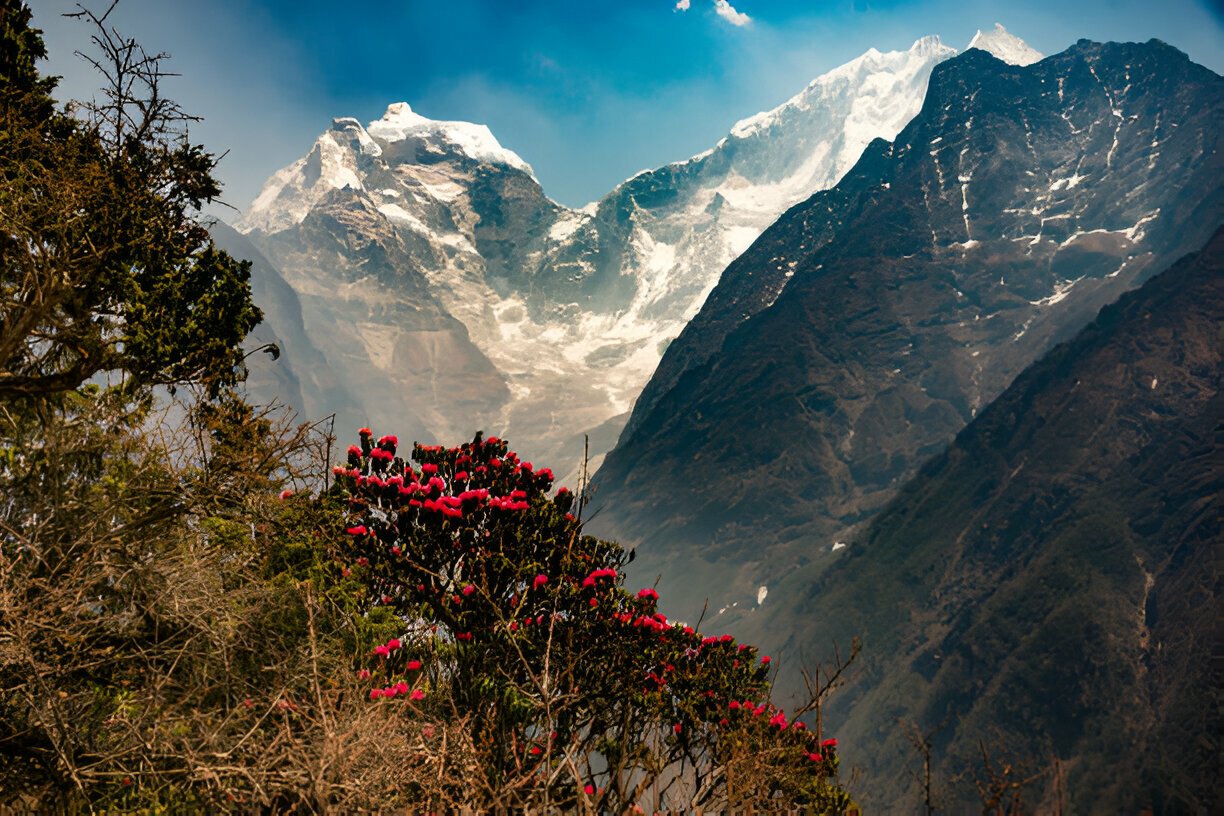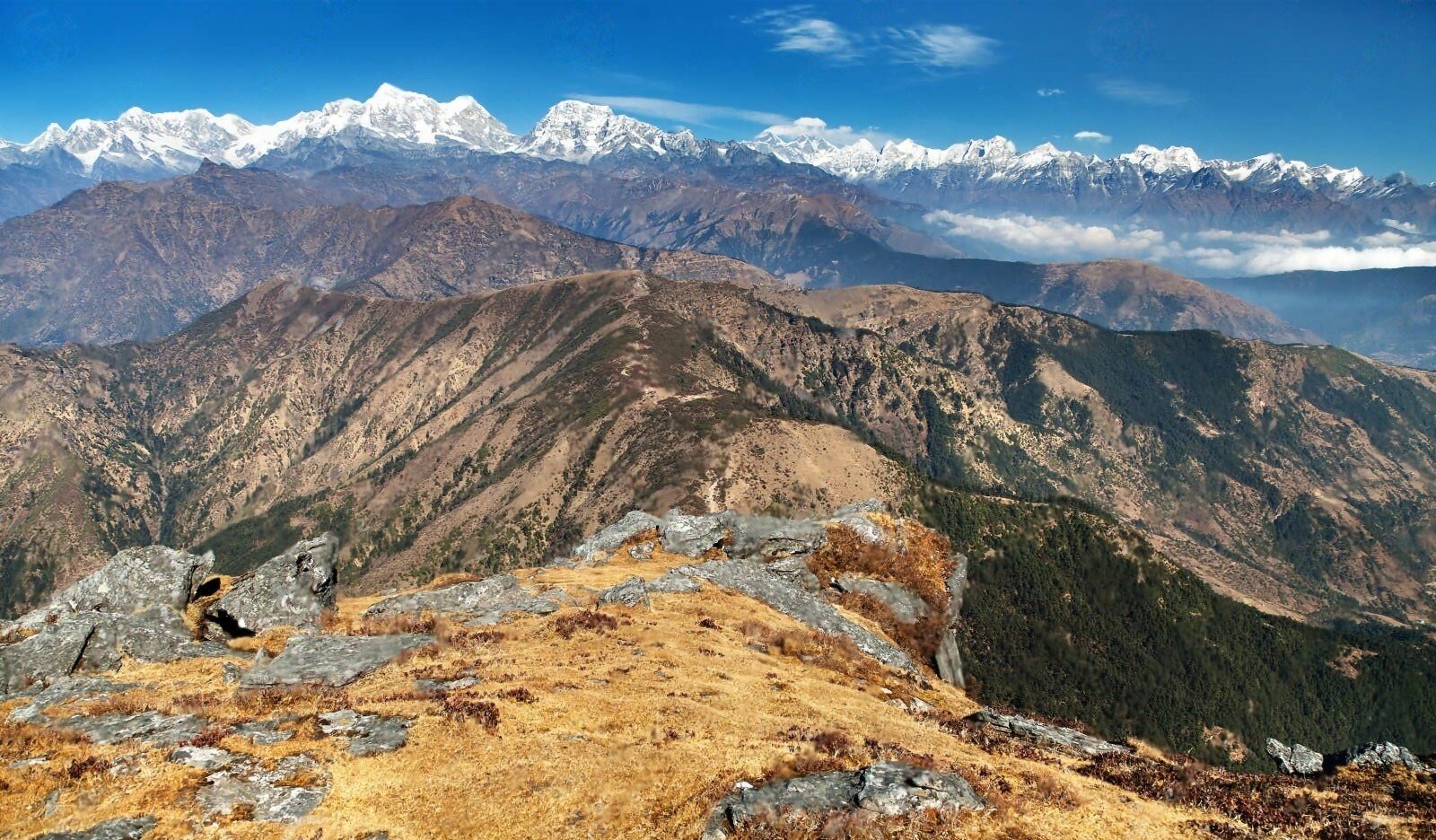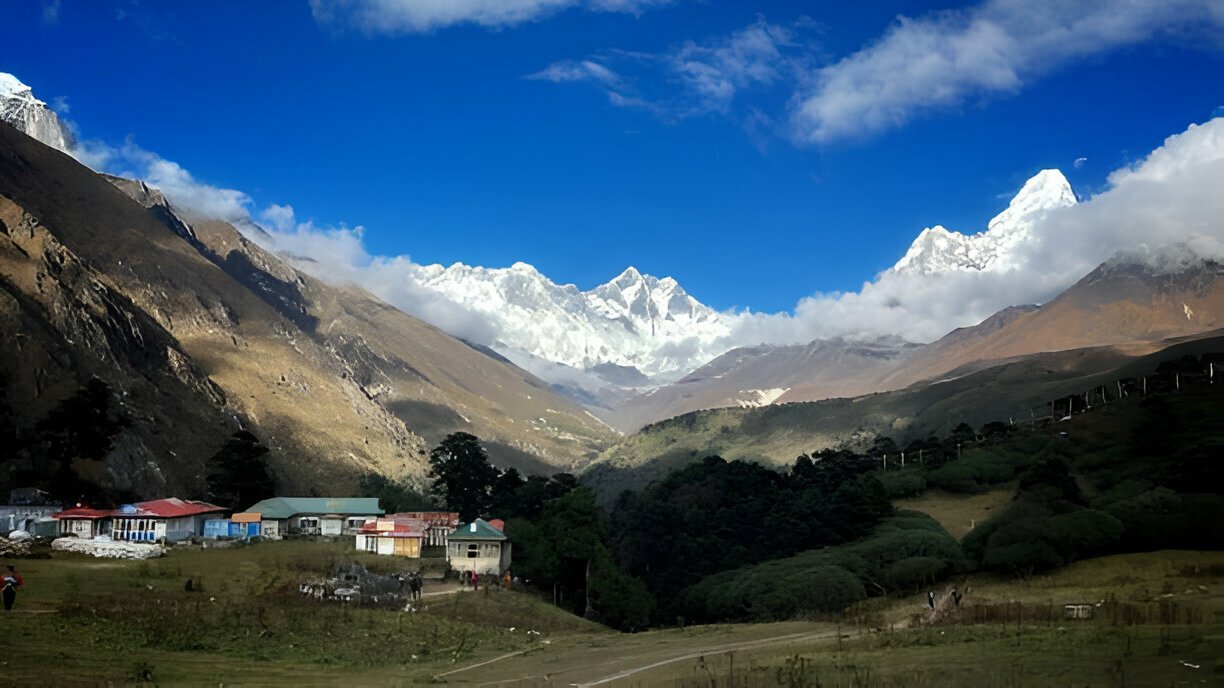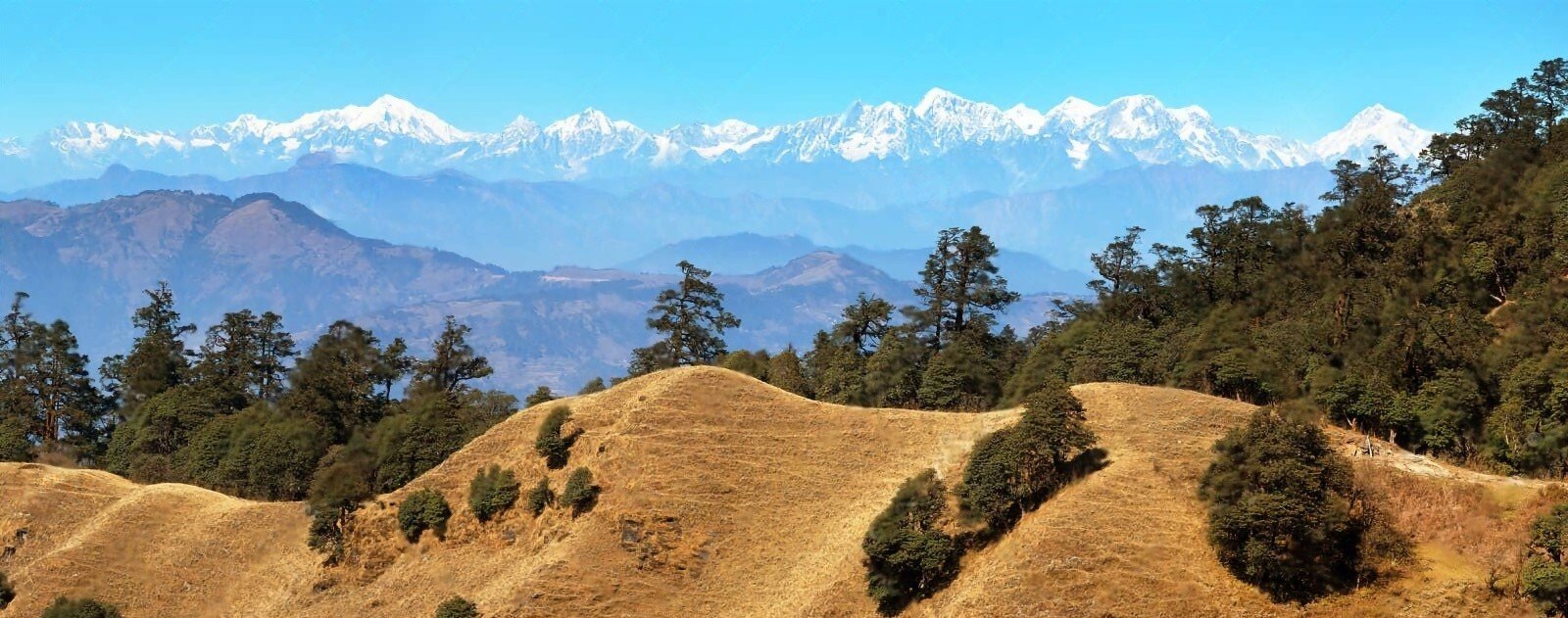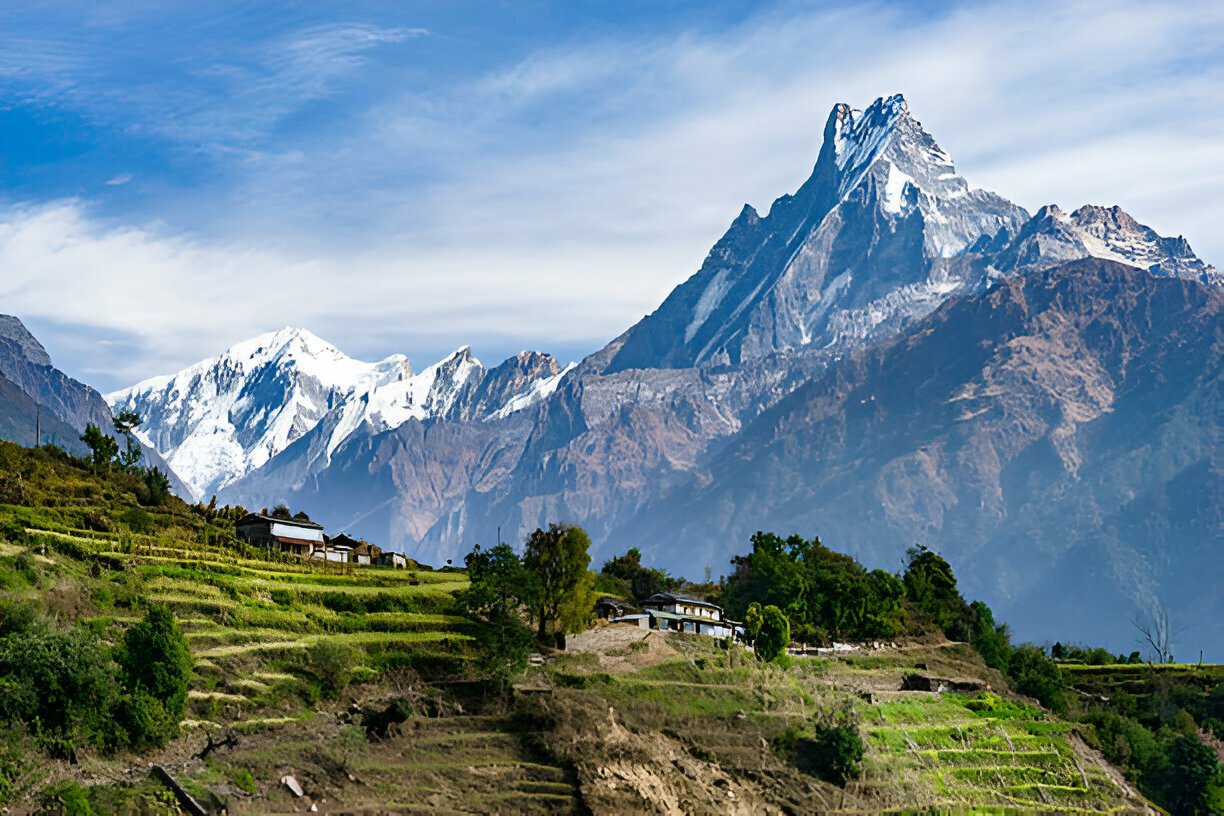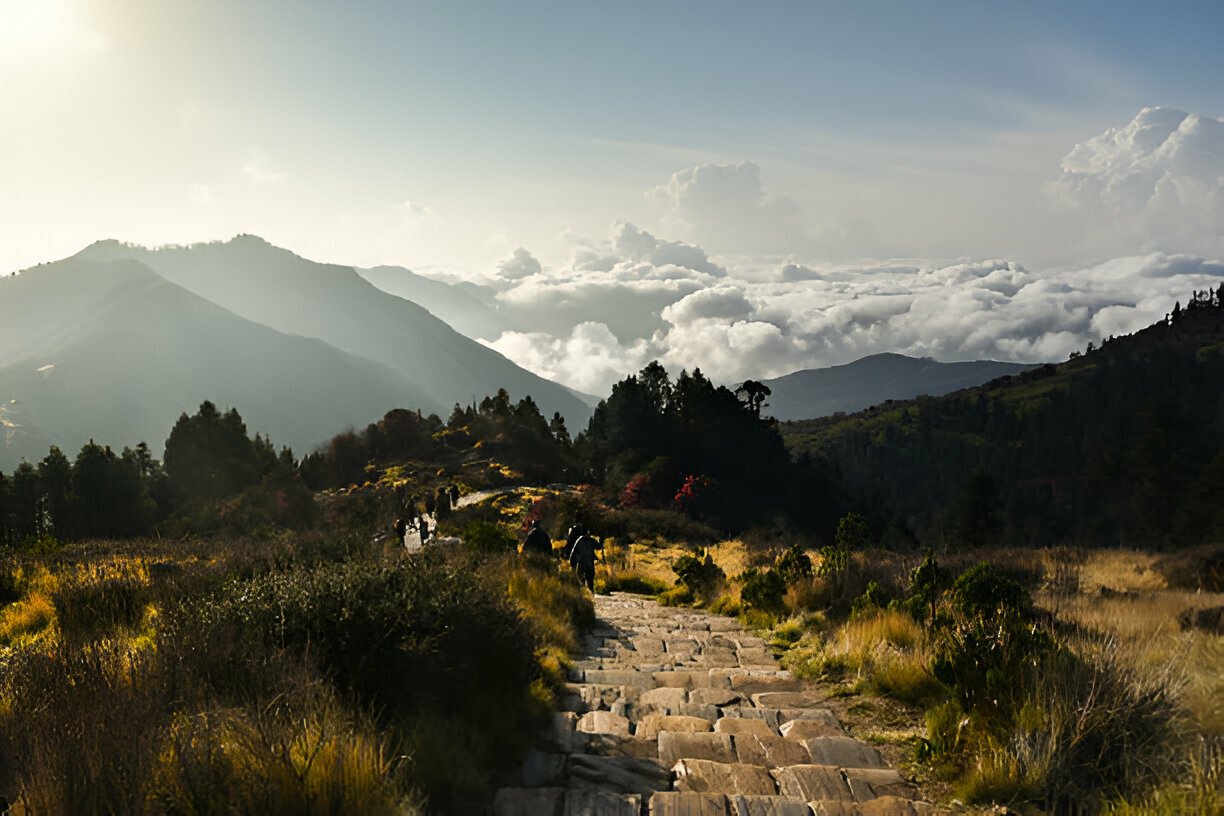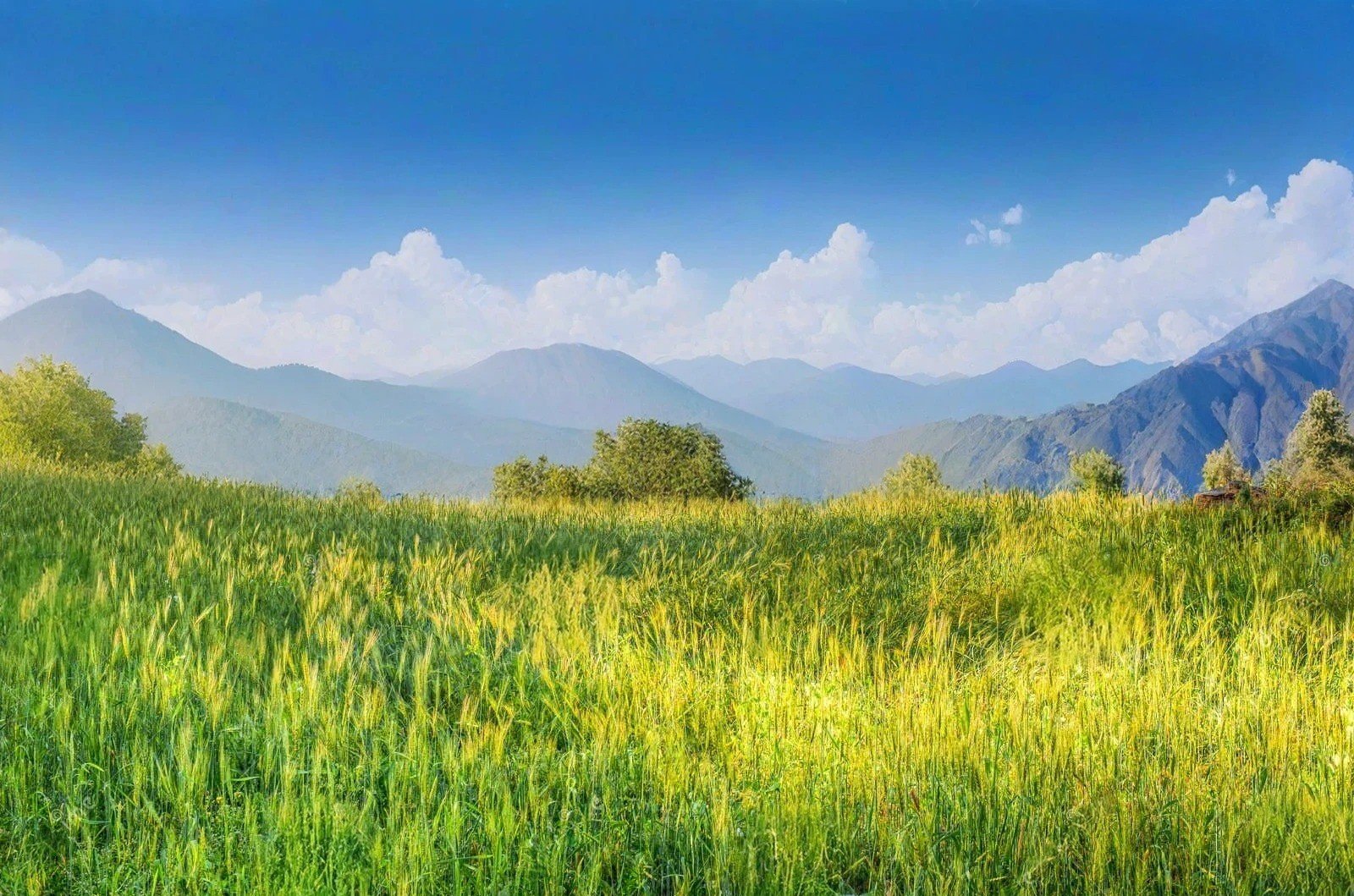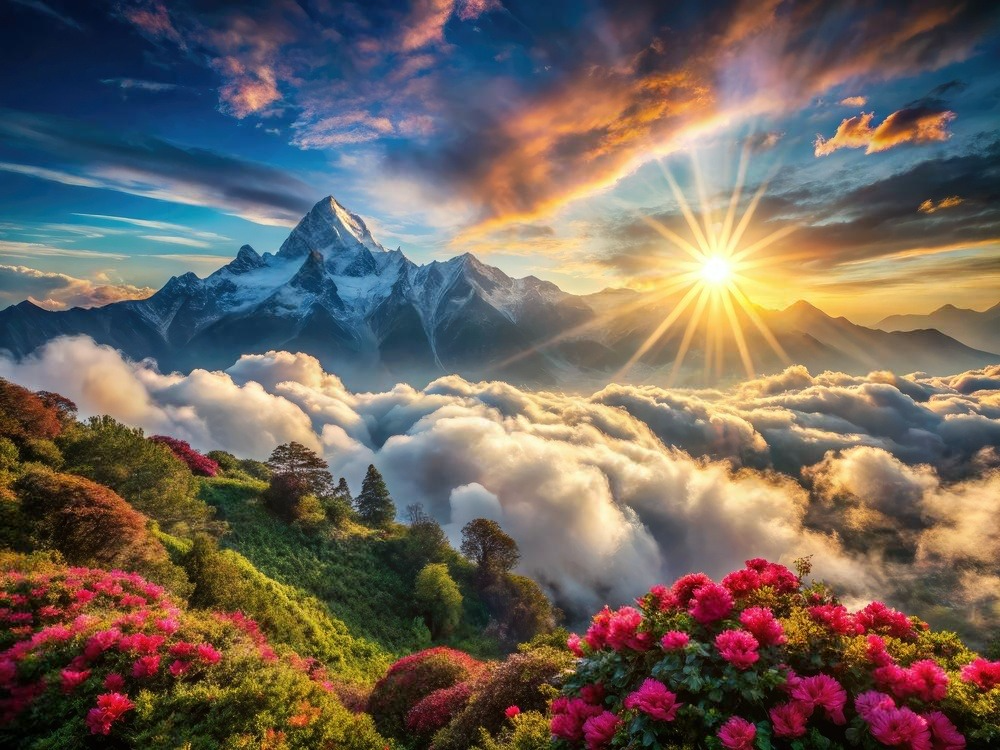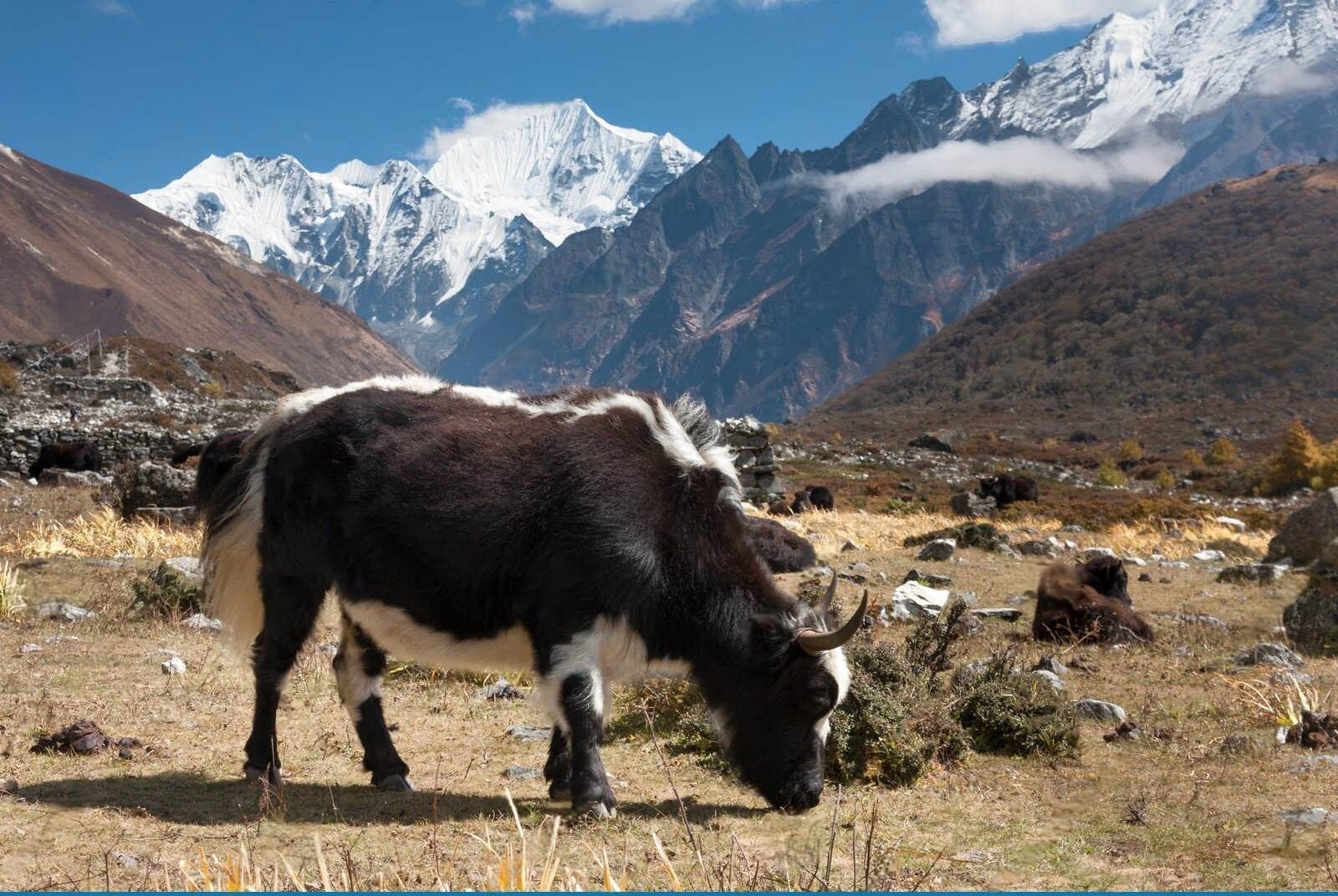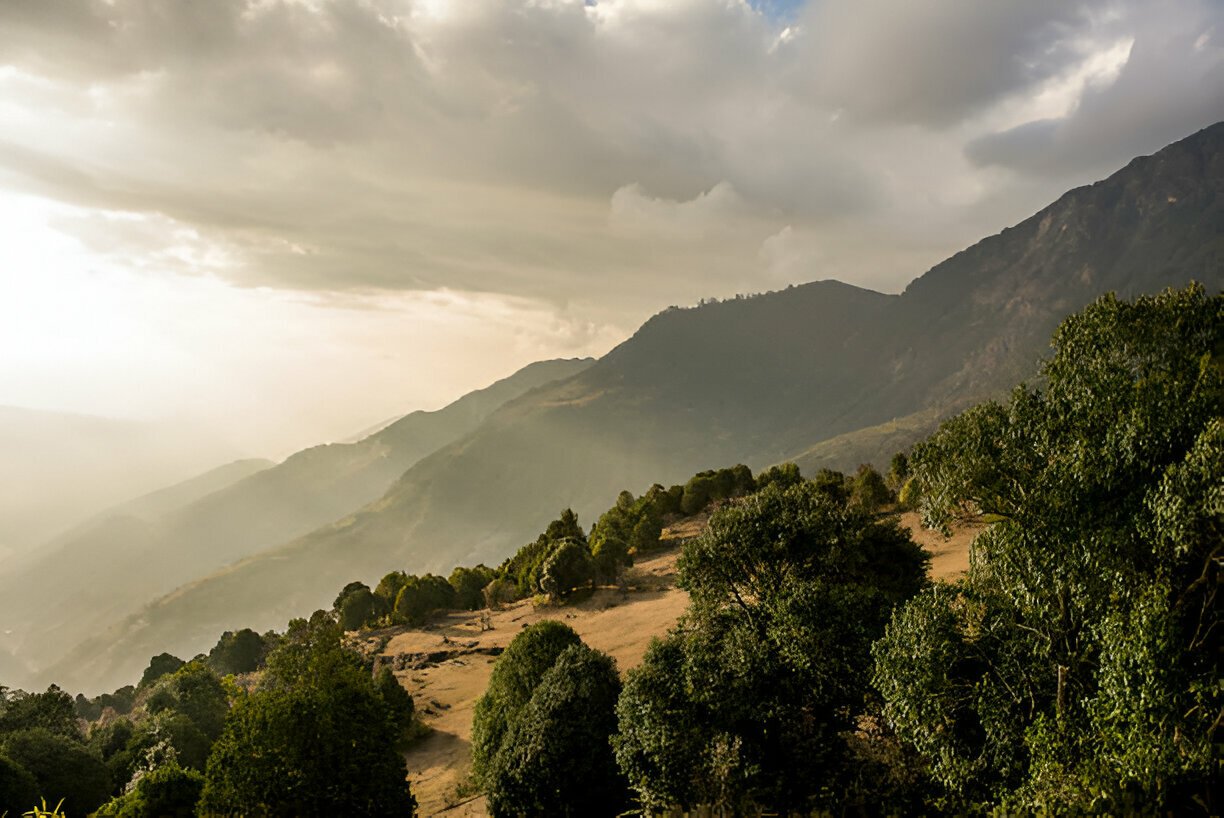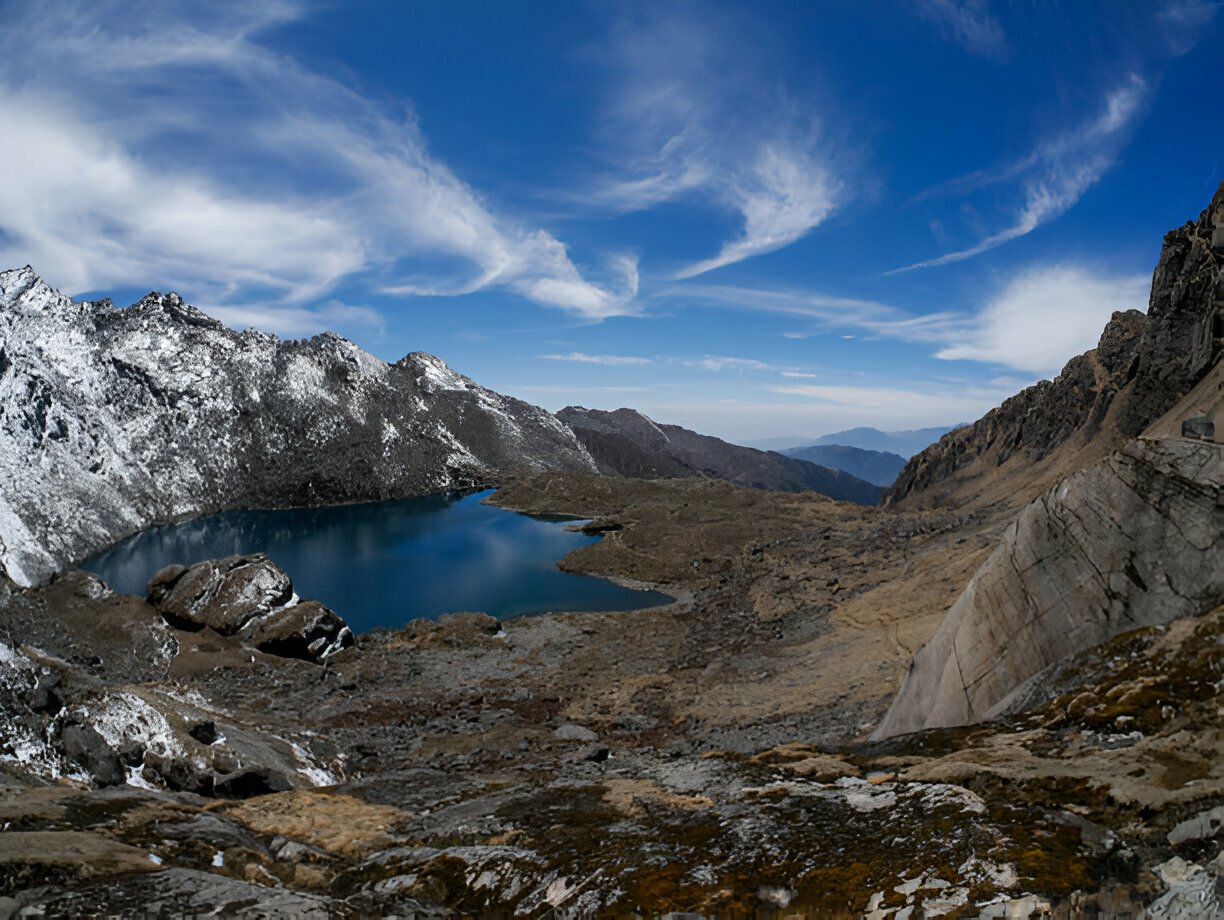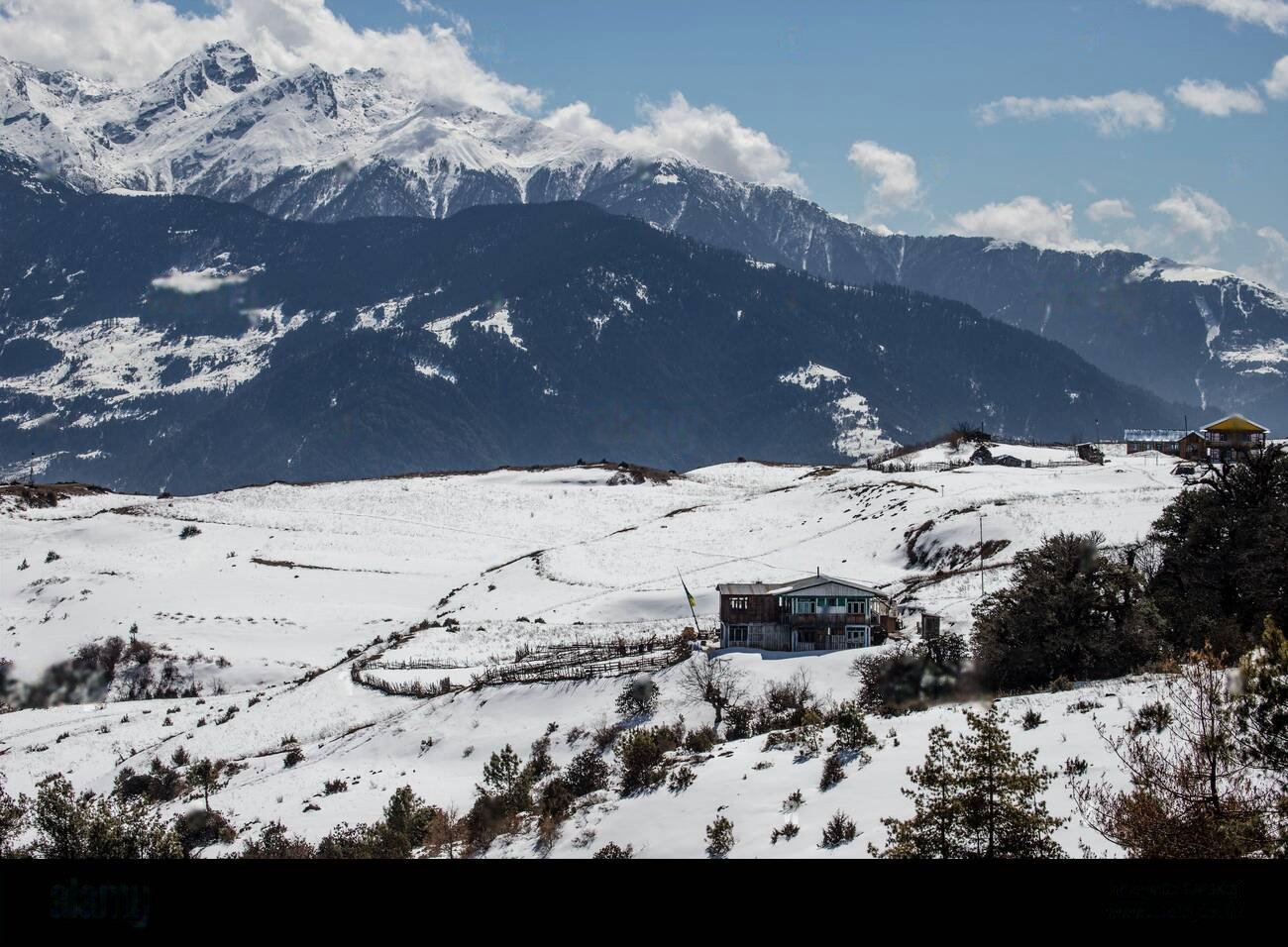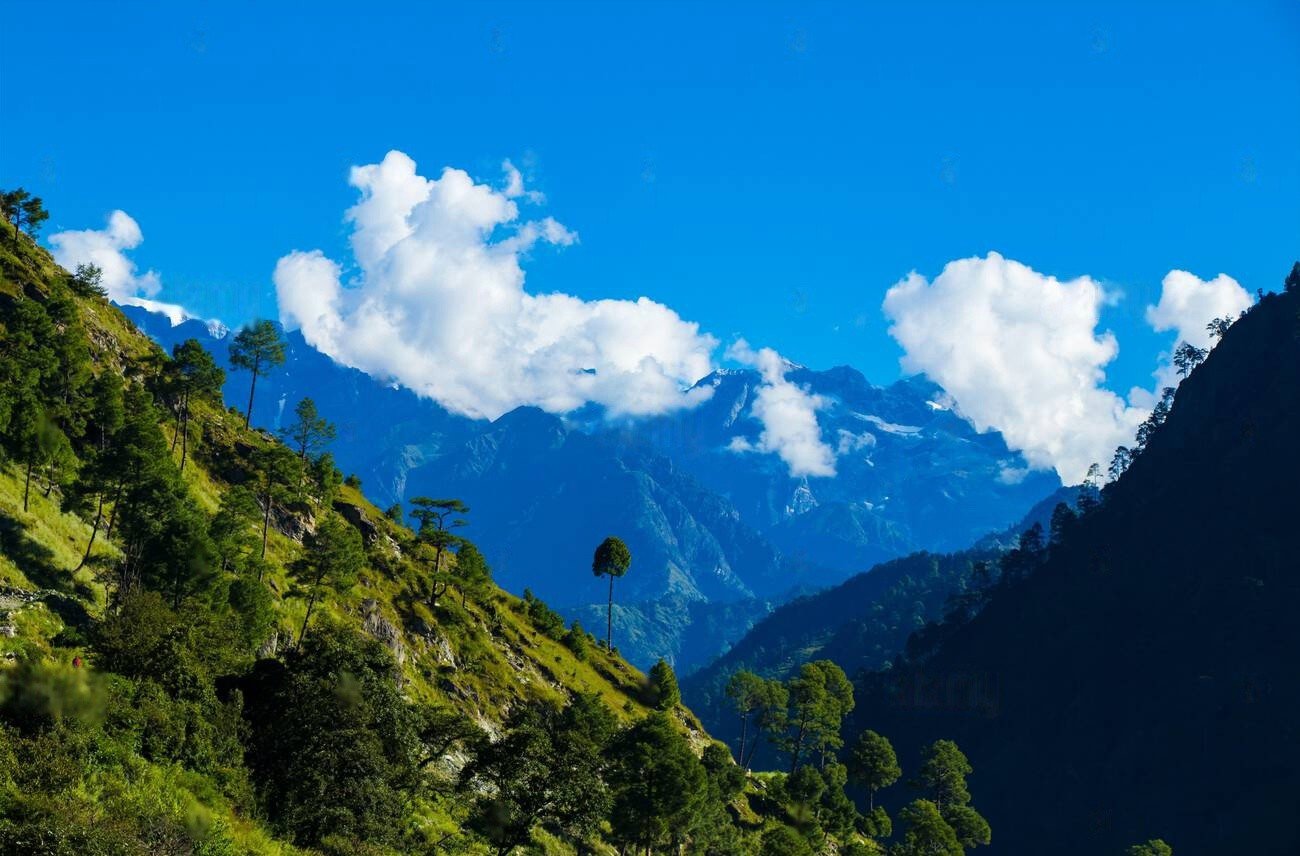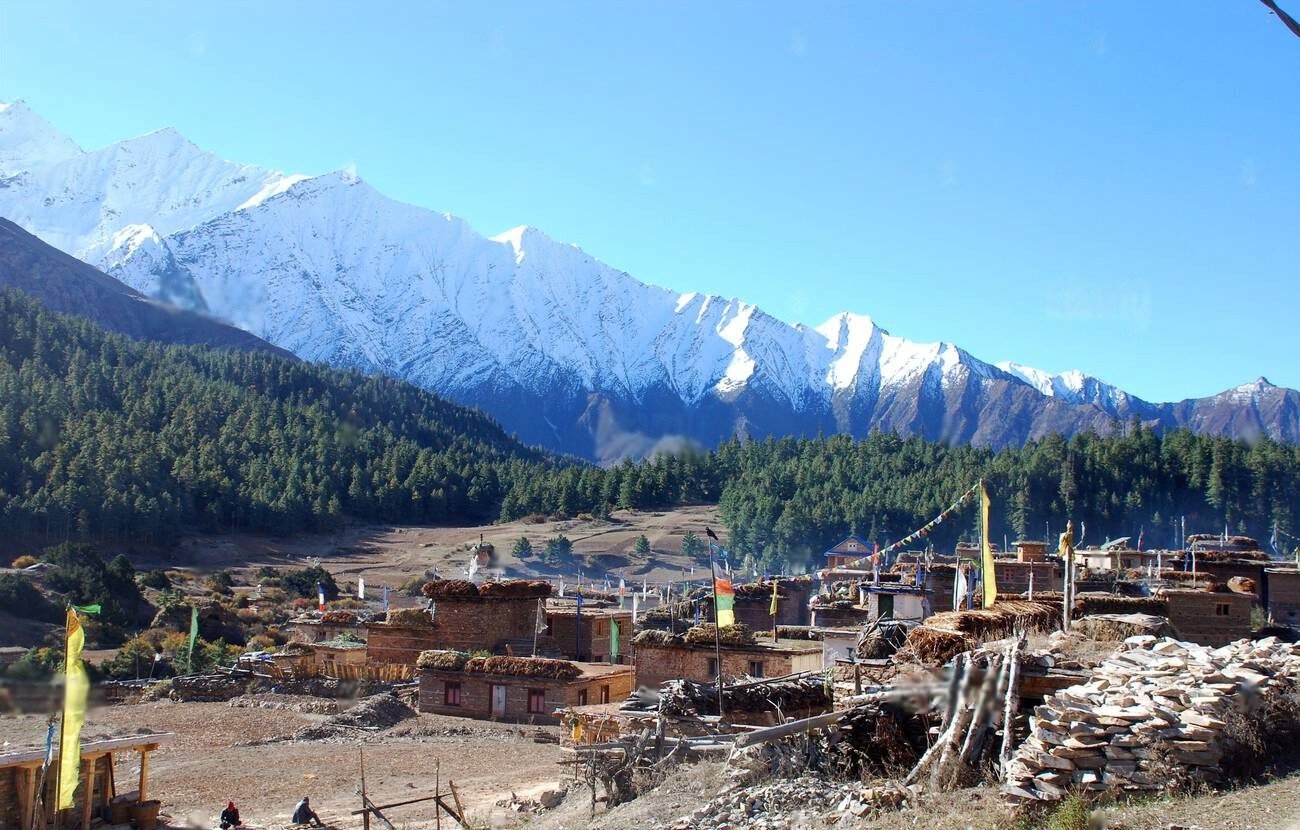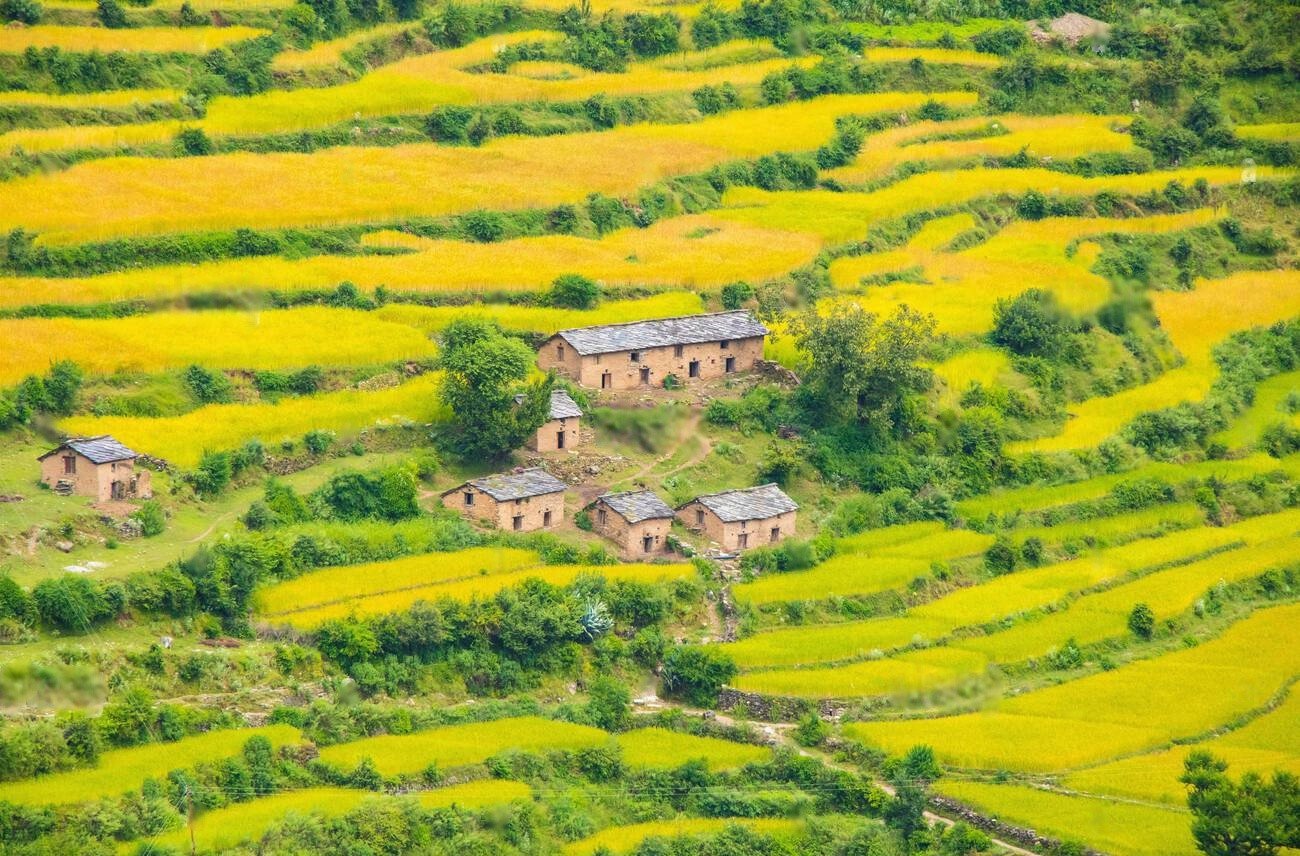 About this Trip
About this Trip
The Rara Lake Trek represents a perfect fusion of natural splendor and cultural immersion in one of Nepal's least-explored regions. What distinguishes this trek is its remarkable combination of accessibility and remoteness—offering a genuine wilderness experience within a shorter timeframe than many Himalayan treks.
As you journey toward Rara Lake, the landscape transitions from terraced farmland and mixed forests to pine-covered ridges and eventually to the wide-open panorama of the lake basin. The trek follows ancient trading routes through villages where traditional lifestyles continue much as they have for generations, with limited modern influences. Each day brings new perspectives, from mist-shrouded forests to panoramic mountain vistas across multiple Himalayan ranges.
The centerpiece of the journey—Rara Lake itself—defies expectations with its extraordinary size and color in such a remote mountain setting. The lake's surface changes throughout the day, reflecting different moods from the serene morning stillness to afternoon's dancing light patterns. Circumnavigating the lakeshore reveals constantly shifting views of the surrounding peaks and forests.
Culturally, this region offers insights into the distinctive traditions of Karnali, Nepal's most remote province. The Thakuri, Magar, and other local communities maintain unique customs, architecture, and cuisine that differ significantly from other parts of Nepal. Their warm hospitality despite the challenges of life in this isolated region adds a profound human dimension to the natural beauty.
Physically, this trek is moderately challenging, with the main difficulties being the initial altitude gain and occasional steep sections rather than extreme elevation. The relative solitude—with far fewer trekkers than popular routes—creates an atmosphere of discovery and connection with the environment that has become increasingly rare in other trekking areas.
Throughout the journey, the tranquility of the surroundings invites a deeper engagement with nature. The absence of commercial infrastructure and crowds allows for genuine moments of reflection beside mountain streams, in ancient forests, and along the shores of what many consider Nepal's most beautiful lake.
The Rara Lake Trek represents a perfect fusion of natural splendor and cultural immersion in one of Nepal's least-explored regions. What distinguishes this trek is its remarkable combination of accessibility and remoteness—offering a genuine wilderness experience within a shorter timeframe than many Himalayan treks.
As you journey toward Rara Lake, the landscape transitions from terraced farmland and mixed forests to pine-covered ridges and eventually to the wide-open panorama of the lake basin. The trek follows ancient trading routes through villages where traditional lifestyles continue much as they have for generations, with limited modern influences. Each day brings new perspectives, from mist-shrouded forests to panoramic mountain vistas across multiple Himalayan ranges.
The centerpiece of the journey—Rara Lake itself—defies expectations with its extraordinary size and color in such a remote mountain setting. The lake's surface changes throughout the day, reflecting different moods from the serene morning stillness to afternoon's dancing light patterns. Circumnavigating the lakeshore reveals constantly shifting views of the surrounding peaks and forests.
Culturally, this region offers insights into the distinctive traditions of Karnali, Nepal's most remote province. The Thakuri, Magar, and other local communities maintain unique customs, architecture, and cuisine that differ significantly from other parts of Nepal. Their warm hospitality despite the challenges of life in this isolated region adds a profound human dimension to the natural beauty.
Physically, this trek is moderately challenging, with the main difficulties being the initial altitude gain and occasional steep sections rather than extreme elevation. The relative solitude—with far fewer trekkers than popular routes—creates an atmosphere of discovery and connection with the environment that has become increasingly rare in other trekking areas.
Throughout the journey, the tranquility of the surroundings invites a deeper engagement with nature. The absence of commercial infrastructure and crowds allows for genuine moments of reflection beside mountain streams, in ancient forests, and along the shores of what many consider Nepal's most beautiful lake.

From $0
Price Varies from Group Size
Success
Here goes about why the success toast occurred.
 Itinerary
Itinerary
Arrival in Kathmandu (1,400m)
Kathmandu to Nepalgunj (150m)
Nepalgunj to Jumla (2,540m)
Jumla to Danphe Lagna (3,130m) to Chalachaur (2,980m)
Chalachaur to Sinja Valley (2,440m)
Sinja Valley to Goru Singhe (3,050m)
Goru Singhe to Rara Lake (2,990m)
Exploration Day at Rara Lake
Rara Lake to Murma Top (3,670m) and back to Rara Lake
Rara Lake to Gamgadhi (2,095m)
Gamgadhi to Pina (2,440m)
Pina to Bumra (2,850m)
Bumra to Jumla (2,540m)
Jumla to Nepalgunj
Nepalgunj to Kathmandu
Departure from Kathmandu
 Services
Services
Includes
- Specialized bilingual guide with knowledge of western Nepal
- All domestic flights (Kathmandu-Nepalgunj-Jumla and return)
- Airport transfers and local transportation as outlined
- Daily meals on the trek: breakfast, lunch, and dinner
- Services of experienced guides, porters, and camp staff
- All essential trekking permits, including national park fees
- Accommodation throughout the trek (lodges, tea houses, and camping equipment where required)
Excludes
- Additional accommodation due to flight delays or itinerary changes
- Comprehensive travel and medical insurance
- Gratuities for guides, porters, and support staff
- International flights and entry visa fees for Nepal
- Personal trekking and camping equipment
- Extra food and drinks beyond the provided meals
 Good To Know
Good To Know
Prepare for limited facilities in this remote region with multi-season clothing and good hiking boots; domestic flights to Jumla are frequently delayed or canceled due to weather, so build buffer days into your schedule; carry extra batteries as charging options are minimal; bring water purification methods; and respect local customs in this traditional region by dressing conservatively and asking permission before photographing people.
Wildlife Encounters
Red panda in bamboo forests
Himalayan black bear (from a safe distance)
Musk deer in forested regions
Himalayan tahr on rocky slopes
Himalayan goral (mountain goat)
Numerous bird species including:
Danphe (Himalayan monal)
Impeyan pheasant
White-throated redstart
Various eagles and hawks
Migratory water birds on Rara Lake
Diverse butterfly species in spring and summer
 Reviews
Reviews
 FAQs (Frequently Asked Questions)
FAQs (Frequently Asked Questions)
Your queries are answered.
Do I need previous trekking experience?
Some hiking experience is beneficial but not essential. Regular exercise for 1-2 months before the trek will help you enjoy the experience more fully. The trek doesn't require technical skills, just reasonable fitness for walking 5-6 hours daily.
What is the best time of year for this trek?
April to May (spring) and October to November (autumn) offer the best conditions. Spring features wildflowers and rhododendron blooms, while autumn typically has stable weather with clear mountain views. Winter (December-February) is possible but cold, while the monsoon season (June-September) makes trails difficult and views limited.
How remote is this trek compared to others in Nepal?
The Rara Lake region is significantly less developed than popular areas like Everest or Annapurna. You'll encounter far fewer trekkers, more basic facilities, and a more authentic glimpse of traditional Nepali mountain life. Cell phone coverage is limited, and electricity is inconsistent or unavailable in many places.
What type of accommodation can I expect?
Accommodation varies from comfortable hotels in Kathmandu and Nepalgunj to very basic tea houses in larger settlements like Jumla. In more remote areas, camping with tents is often necessary. Facilities are rustic, with shared toilets and no hot showers in the trekking regions.
Is it possible to shower during the trek?
Basic cold water washing facilities are available at some tea houses, but proper showers are rare. Camp staff typically provide warm water for washing. Wet wipes and hand sanitizer are recommended for personal hygiene.
How reliable are the flights to Jumla?
Flights to remote destinations like Jumla are frequently delayed or canceled due to weather conditions, particularly in winter and during the monsoon. It's advisable to include 1-2 buffer days in your schedule to accommodate potential delays.
Can dietary restrictions be accommodated?
Basic vegetarian options are available in most places. For more specific dietary requirements, the trek operator should be informed well in advance, though variety will be limited by available supplies in this remote region. Consider bringing supplementary food items for specialized diets.
How much should I budget for the trek?
Beyond the package cost, budget approximately $10-15 per day for additional expenses. These might include extra snacks, beverages, battery charging where available, and emergency supplies.
How much should I tip the guides and porters?
Tipping is customary and appreciated. A general guideline is $10-12 per day for guides and $5-7 per day for porters, typically given at the end of the trek. For longer treks with a larger support team, you might organize a collective tip of about 10% of the trek cost.




